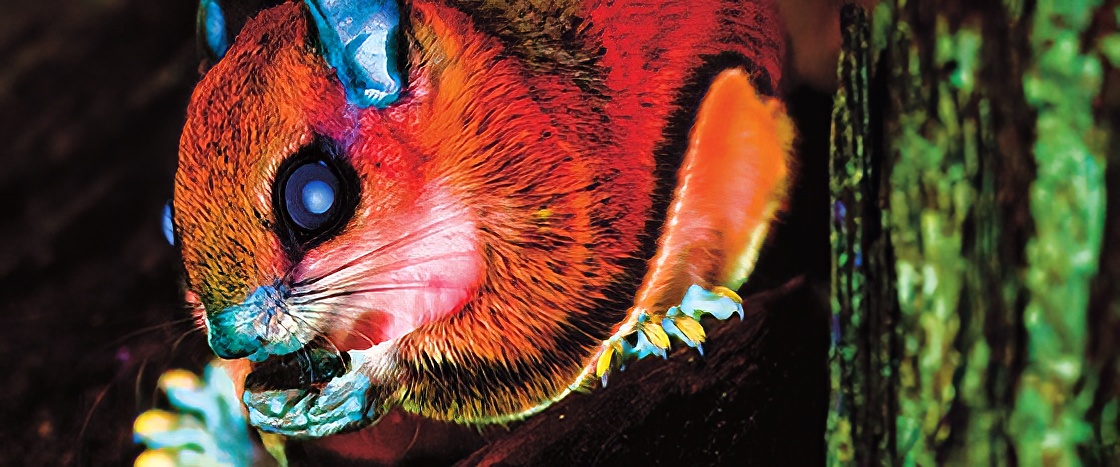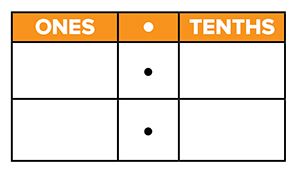One night in May 2017, Jonathan Martin carried a special ultraviolet (UV) flashlight into his backyard. He heard a flying squirrel squeak. The animals appear brown and white in regular light. Under Martin’s UV light, the squirrel’s belly glowed neon pink!
Martin is a forestry scientist in Ashland, Wisconsin. He knew that many animals—including some birds, fish, frogs, insects, and lizards—can fluoresce (flu-RESS). This means they soak up invisible UV light and release visible light in bright, glowing colors. But this ability had almost never been seen in mammals, like flying squirrels.
It was a spring night in 2017. Jonathan Martin carried a special flashlight into his backyard. It shone ultraviolet (UV) light. He heard a flying squirrel squeak. The animals look brown and white in regular light. But in UV light, the squirrel’s belly glowed neon pink!
Martin is a forestry scientist in Ashland, Wisconsin. He knew that many animals can fluoresce (fluh-RESS). This means they soak up invisible UV light. Then they release visible light in bright, glowing colors. Some birds, fish, frogs, insects, and lizards can do this. But this ability had almost never been seen in mammals.



